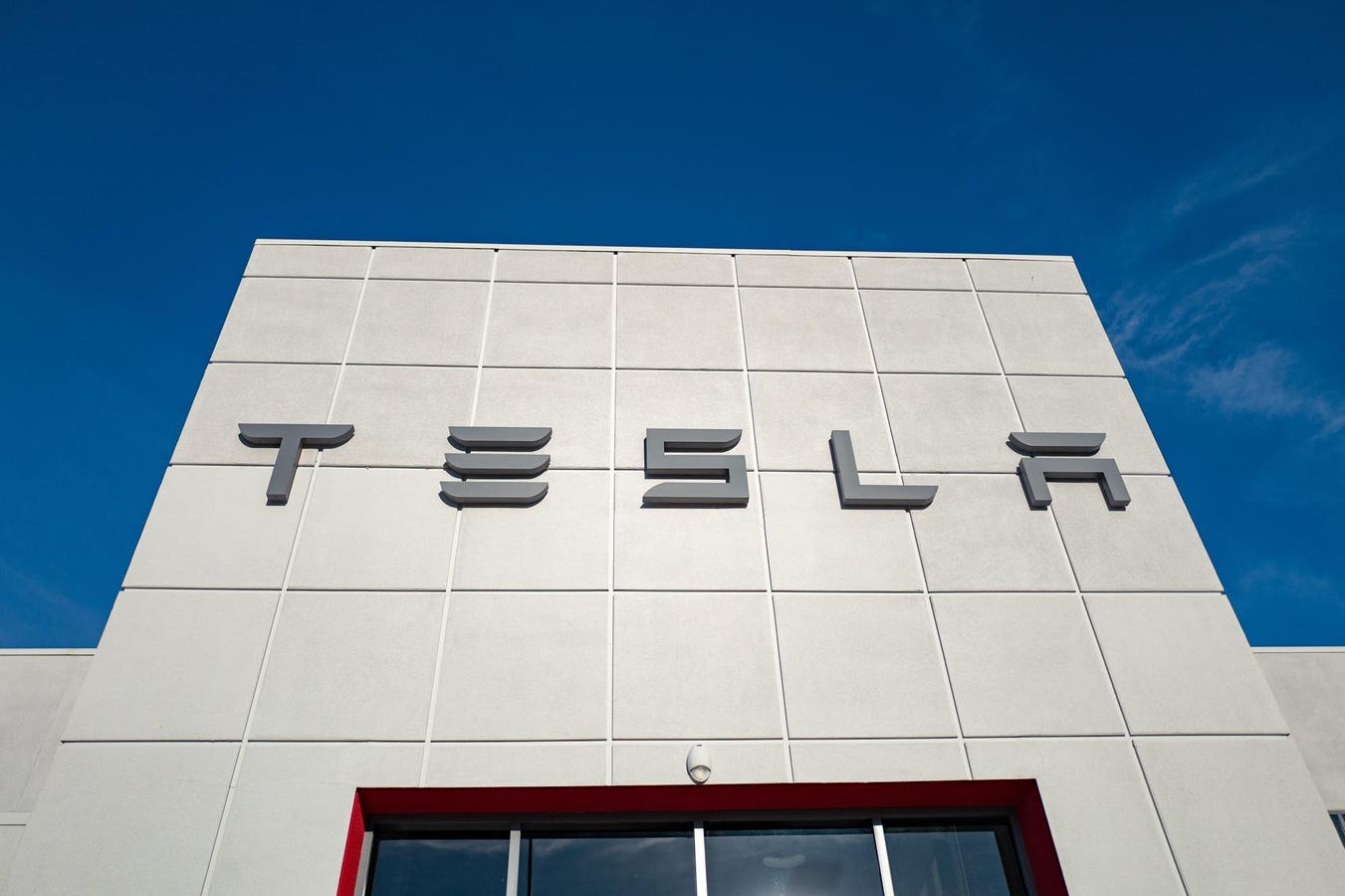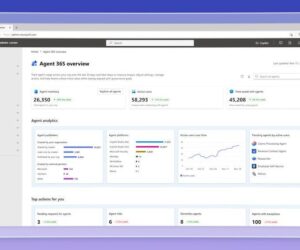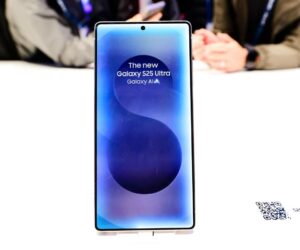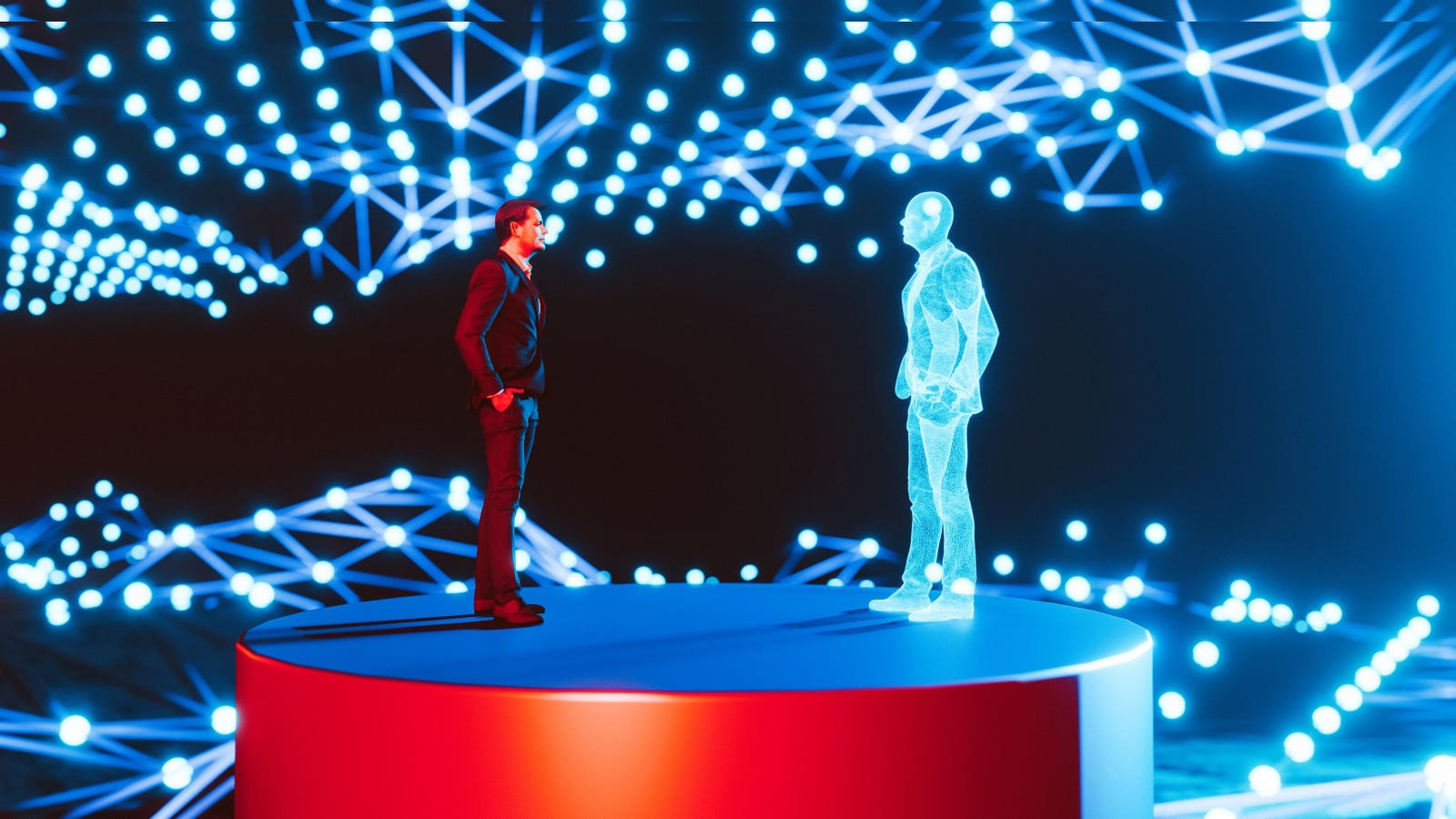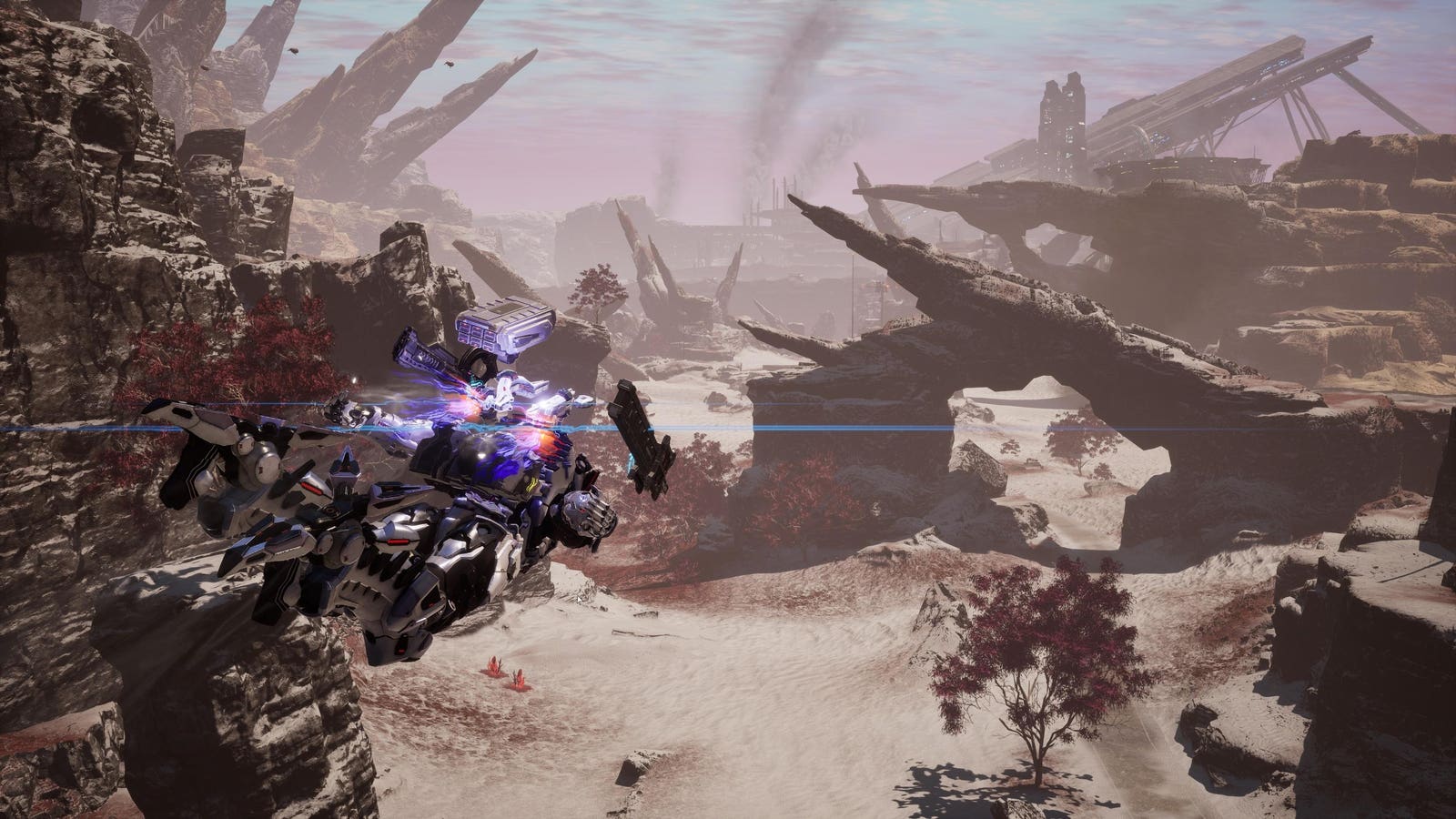Low-angle view of the facade of Tesla Motors dealership with logo and sign in Pleasanton, California, July 23, 2018. (Photo by Smith Collection/Gado/Getty Images)
Getty Images
Big news from sources like The Information show that the Tesla company’s humanoid robot project may be in trouble.
Early design information about Optimus is already floating around the net, but as the model goes into production; we even kind of know what this fungible biped is going to look like. However, there are indications that the company isn’t hitting its targets.
Specifically, Tesla gave numbers of 5,000 units in 2025, and 50,000 in 2026.
However, to date, only a few hundred Optimus units have reportedly been built.
In fact, some reports show that production may be entirely halted based on information from Chinese manufacturers.
Here’s how it’s put in a press release published at TrendForce:
“Recent reports from China’s supply chain indicate that Tesla may be halting production of its humanoid robot, Optimus. TrendForce reports that Tesla currently faces two major challenges: limited battery life and difficulties with hardware-software integration. While improvements in motion planning and energy optimization through AI could help address battery performance, fundamental bottlenecks remain—particularly in the efficiency of core hardware components such as joint motors and transmission systems.”
Other reported problems have to do with the robot’s hands, and various types of behavioral design, which analysts contend “may need longer development cycles.”
The Context
First of all, Tesla has a lot on its plate – with self-driving programs and much more. Other news from the sector shows that Tesla is also underperforming in selling its cars, so that would presumably draw some energy from trying to compete in the humanoid robot market.
“Falling EV sales combined with a lower average selling price, less cash from regulatory credits, and a decline in solar and energy storage revenue took a toll on Tesla’s bottom line in the second quarter of 2025,” wrote Kirsten Korosec for TechCrunch last week, “and a 17% growth in revenue in its services business, which includes capital generated from its Supercharging network, wasn’t enough to close the gap.”
Experts also show how companies like Boston Dynamics and some foreign makers are further along with human robot design than Tesla is. My coverage of robots running in a Beijing marathon earlier this summer would support this assertion.
A History of Big Numbers
I seem to remember another situation where one of Musk‘s projects didn’t hit the numbers that were projected.
The Colossus data center in Tennessee is big – it consumes enormous amounts of energy, and uses tons of water for cooling. However, when I looked it up, the actual count of GPUs operational there was around 200,000, and I remembered Musk saying that he wanted to increase that number to 1 million.
Sure enough, Musk is on record mentioning that target, which is a fivefold increase from what’s currently there a year later.
So how much of the production numbers on Optimus are hyperbole, and how much is the company actually falling behind?
Time will tell.
If production is halted, that means future numbers will be at zero, until some of these problems get solved.
There’s also the consumer context – although the technology is very close, we haven’t yet seen robots appear on the streets, or in our homes. Even with Optimus delayed, it seems likely that we will start to encounter humanoid robots in our lives within the next few years. What will that mean for work, for family, for social life, for community life?
It’s all a lot of question marks. I’m going to continue to bring some of the best insights from conferences and lectures, some of the most relevant news from the tech sector, and some of those hidden ideas that have the most potential to help us navigate a very new world.

